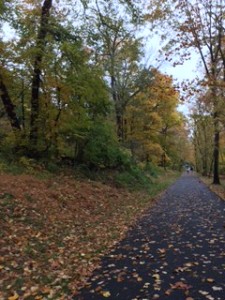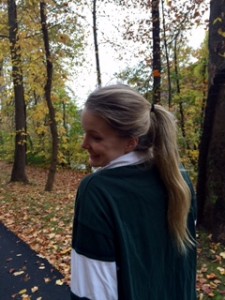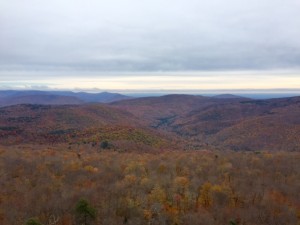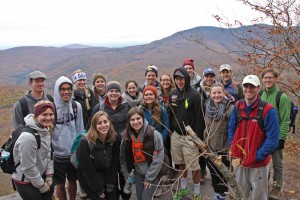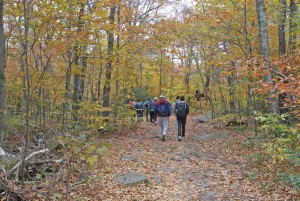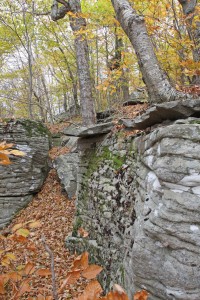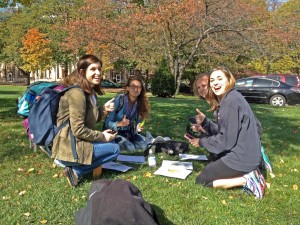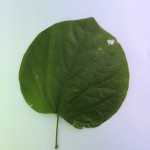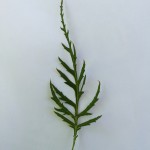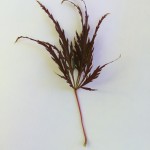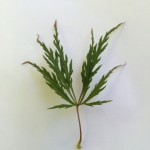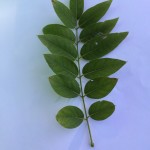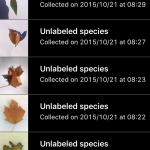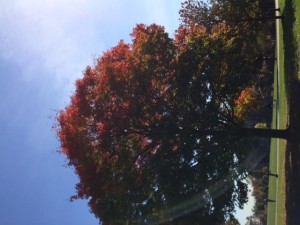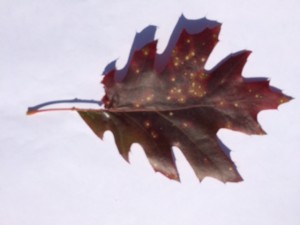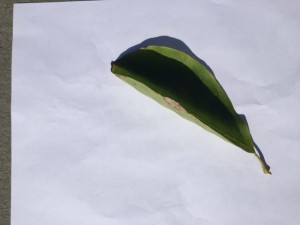“Some of the paintings show landscapes full of the tree stumps. The stumps were symbols of progress and points of pride… To let precious land, cleared by backbreaking labor, go untended, unprotected from an invasion of trees, was the opposite of progress” (Sterba 36).
This passage was a very interesting insight to some general thoughts of people from the past. Now in a conservationist mentality, I was surprised to think of the labor that went into removing the forest and the pride that people must have felt for being able to do that.
“Sometimes the forest isn’t what it seems to be. All sorts of outdoor entrepreneurs offered forays into the “wilderness” beginning in the 1980s…This wasn’t bad. It was just deceptive- the equivalent of restaurants that offer “wild” game that was farm raised because, as we shall see, it is illegal in the United States to sell real wild game” (Sterba 42-43).
I enjoy this comparison. It gives a new spin on the idea of how wilderness as most Americans choose to experience it, isn’t really what we would define as true wilderness.
“There was only a narrow slit between their lids, by which eyes, looking out from the land of dreams, and endeavoring to realize me, vague object or mote that interrupted his visions” (Thoreau 289).
I don’t think that Thoreau is saying anything particularly important here, I was simply impressed by the construction of this sentence.

